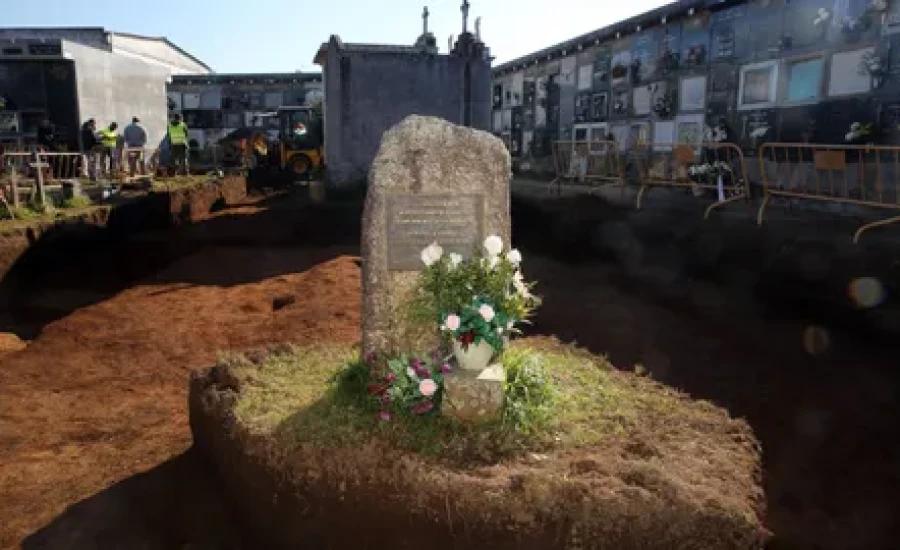HISTAGRA launches the Four-Year Plan for Democratic Memory in Galicia 2025

HISTAGRA launches the Four-Year Plan for Democratic Memory in Galicia 2025
In August 2025, the Regional Government of Galicia, through the First Vice-Presidency and Regional Ministry of the Presidency, Justice, and Tourism, and the Regional Ministry of Culture, Education, and Universities, and the University of Santiago de Compostela, signed a collaboration agreement to launch the 2025 edition of the Four-Year Plan for Democratic Memory, following the impetus of the Secretary of State for Democratic Memory.
The team of historians, forensic anthropologists, archaeologists, and geneticists continues to investigate the violent past in Galicia, building on the experience of 2021-2024, through the study and exhumation of new graves from 1936-1945 in Luou (Teo), Asados (Rianxo), and Ferrol (Catabois). In addition to beginning historical research on the grave in Riberias de Sor (Mañón), we will also continue with the reconnaissance work in the areas of death from past campaigns.
Furthermore, we have updated the map of graves in Galicia in order to carry out as many exhumations as possible in the coming years of those murdered by Francoist violence. You can consult the list of graves at: www.nomesevoces.net/lugares/cartografia
Work for the 2025 campaign will begin on Monday, October 27, in Asados (Rianxo), and on November 10 in Luou (Teo).
In 2021-2024, research and exhumation work was carried out on the mass graves in Vilagarcía de Arousa and Crecente (2021), Celanova, Lousame, and A Capela (2022), Narón Phase I, Oza-Cesuras, and Viana do Bolo (2023), Cabreira (Salvaterra de Miño), and O Vale Phase II (Narón) (2024).
The four-year plan integrates three fundamental strategic lines of public policy on Democratic Memory that are to be developed throughout the period (2025-2028), although its objectives are subject to annual review. These strategic lines are:
- Location, exhumation of graves, and identification of victims.
- Dissemination of work carried out and results achieved.
- Recognition of burial sites and promotion of places of memory.
On behalf of the USC, through the Histagra Group, Professor of Contemporary History Lourenzo Fernández Prieto and Doctor of History and Professor Antonio Miguez Macho are coordinating a research team made up of archaeologists led by USC professor Jose Carlos Sánchez Pardo, IMELGA forensic anthropologist Fernando Serrulla Rech, and the genetics team from the Luis Concheiro Institute of Forensic Sciences led by María Victoria Lareu.
The tasks to be carried out in 2025 will be as follows:
1. Location, exhumation, and identification of victims:
Luou grave (Teo)
Asados grave (Rianxo)
Narón/Catabois grave
Ribeiras de Sor grave Phase I (Mañón)
2. Dignification of burial sites and promotion of places of remembrance. Filgueira (Crecente) and others
3. Dissemination of work carried out and results obtained.
Once again, the support and presence of Galician civil society, through democratic memory associations, local researchers, and relatives of those murdered, has become a fundamental pillar of the investigation, just as it was for the smooth running of nomesevoces.net.
Contact with social agents is essential, and we call on all those who wish to exhume or investigate graves related to Francoist violence, as well as to provide information about them.
More information: https://www.nomesevoces.net/gl/lugares/proxectos/1/fosas-y-lugares-de-violencia
Contact: histagra@usc.es 881812734 / 881971010 Ext. 101